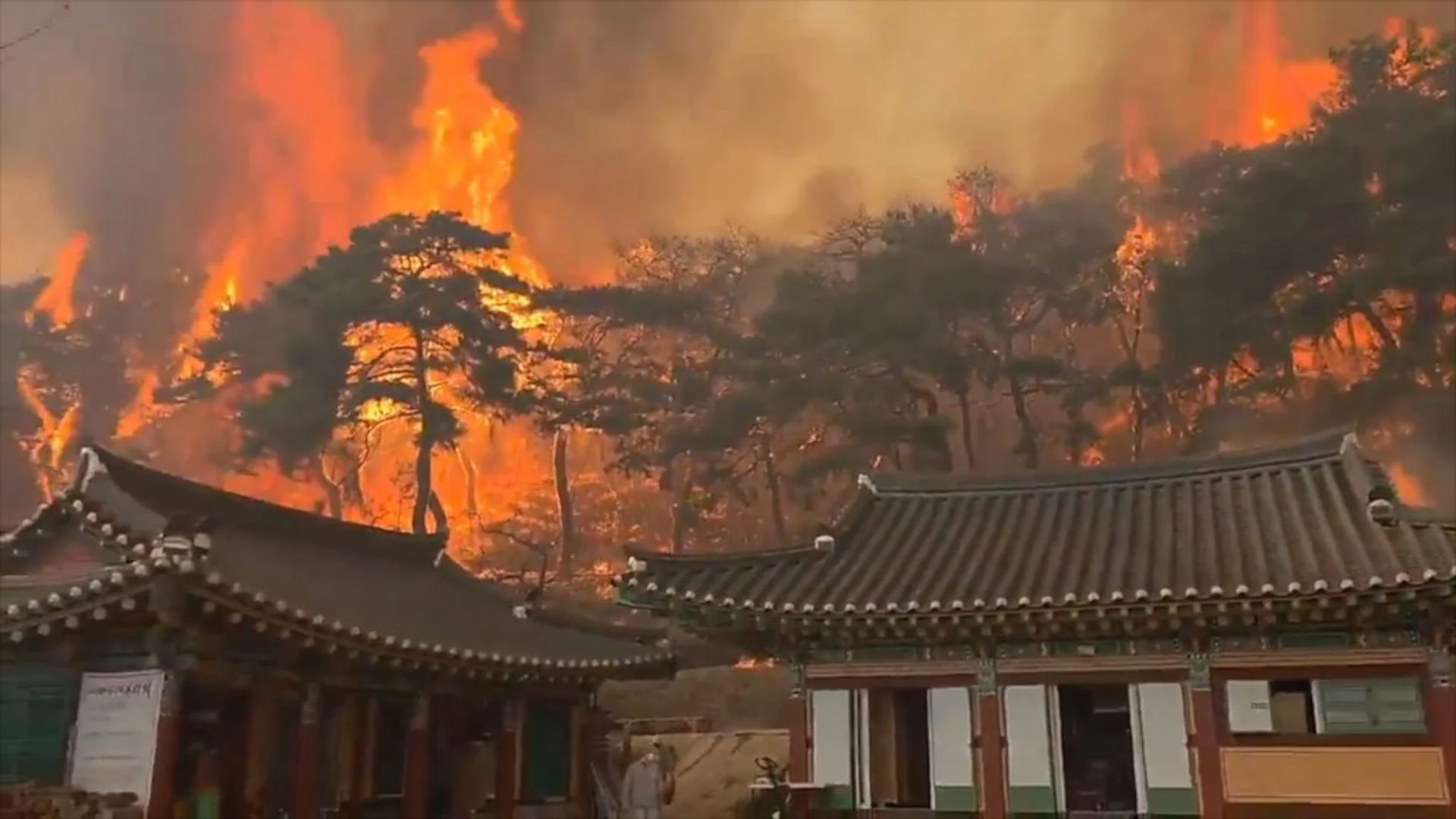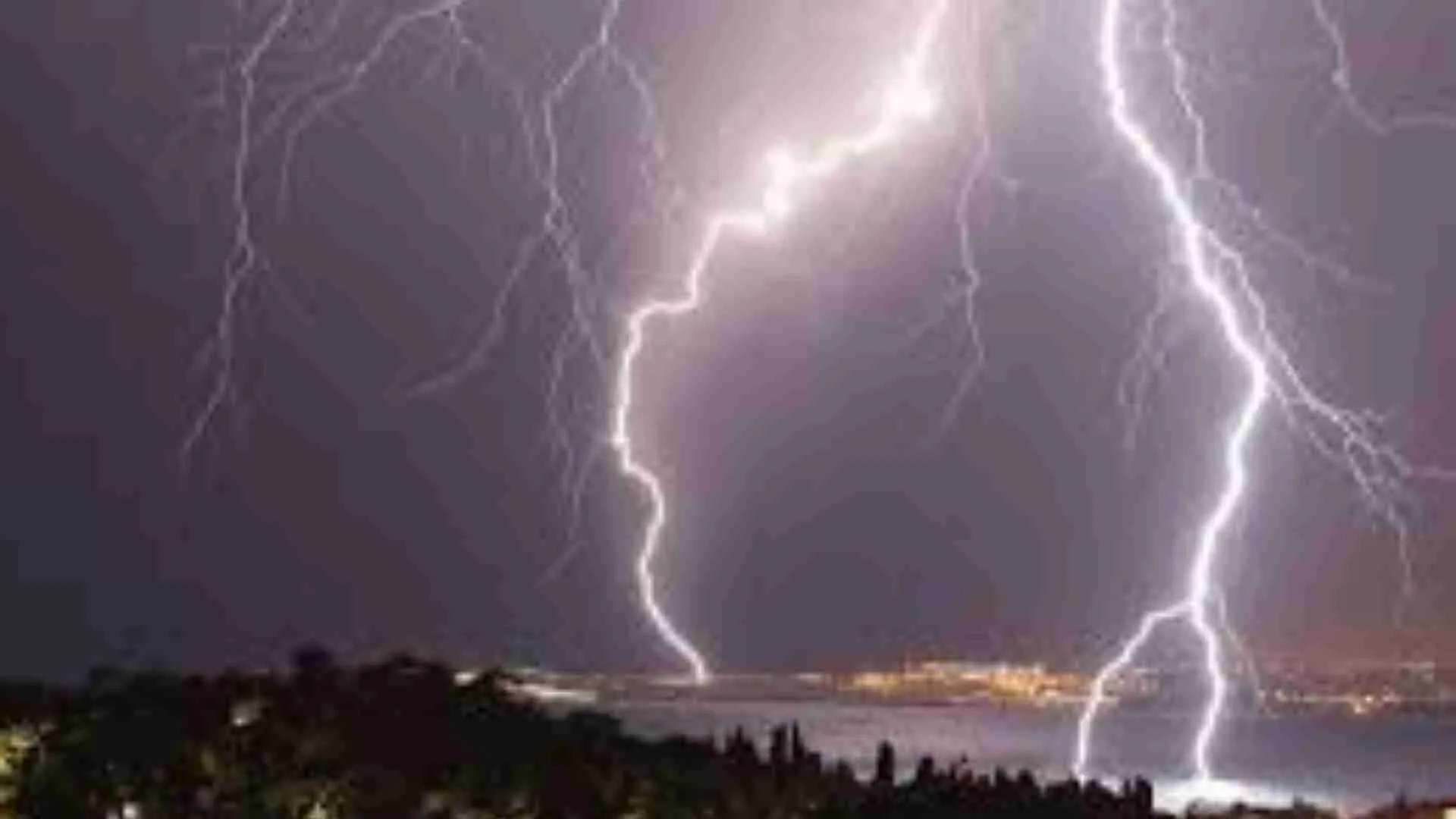Indian cities are sweltering under an unprecedented heatwave, with a provisional record temperature of 52.3°C registered in Delhi. If verified, it would be the highest-ever recorded temperature in India. This week alone, over 37 cities across north and central India have recorded temperatures exceeding 45°C. But what is a heatwave, and what is pushing the mercury to extremes?
What is a heatwave?
The India Meteorological Department (IMD) defines a heatwave as a “period of unusually high temperature as compared to what is normally expected.” A heatwave is considered if the maximum temperature of a station reaches at least 40°C or more for plains and at least 30°C or more for hilly regions. According to experts, multiple alterations in the atmosphere and oceans result in heatwaves. Notably, the IMD provides colour-coded heatwave warning information through its daily bulletins and a GIS-based visualization platform.
El Niño and La Niña Effects
The twin effects of El Niño and La Niña are climate patterns in the Pacific Ocean that can affect weather worldwide. During normal conditions in the Pacific Ocean, trade winds blow west along the equator, taking warm water from South America towards Asia. To replace that warm water, cold water rises from the depths—a process called upwelling. El Niño and La Niña are two opposing climate patterns that disrupt these normal conditions, as described by the National Oceanic and Atmospheric Administration (NOAA).
El Niño is characterized by unusually warm ocean temperatures in the Pacific Ocean and is responsible for extreme heat this year. In contrast, La Niña is the cooling of water in the Pacific Ocean. While it occurs at irregular intervals, La Niña is associated with widespread changes in weather patterns.
Urban Heat Island Effect
Another contributor is the urban heat island effect, which occurs when urban regions or cities record higher temperatures than their rural surroundings. Primarily, human activities and constructions like glass buildings, asphalt roads, and other infrastructure contribute to this effect as they absorb heat much more than natural landscapes.
Prevailing heat wave to severe heat wave conditions over Northwest & Central India likely to reduce gradually from today. pic.twitter.com/KmoUuQM6JH
— India Meteorological Department (@Indiametdept) May 30, 2024























